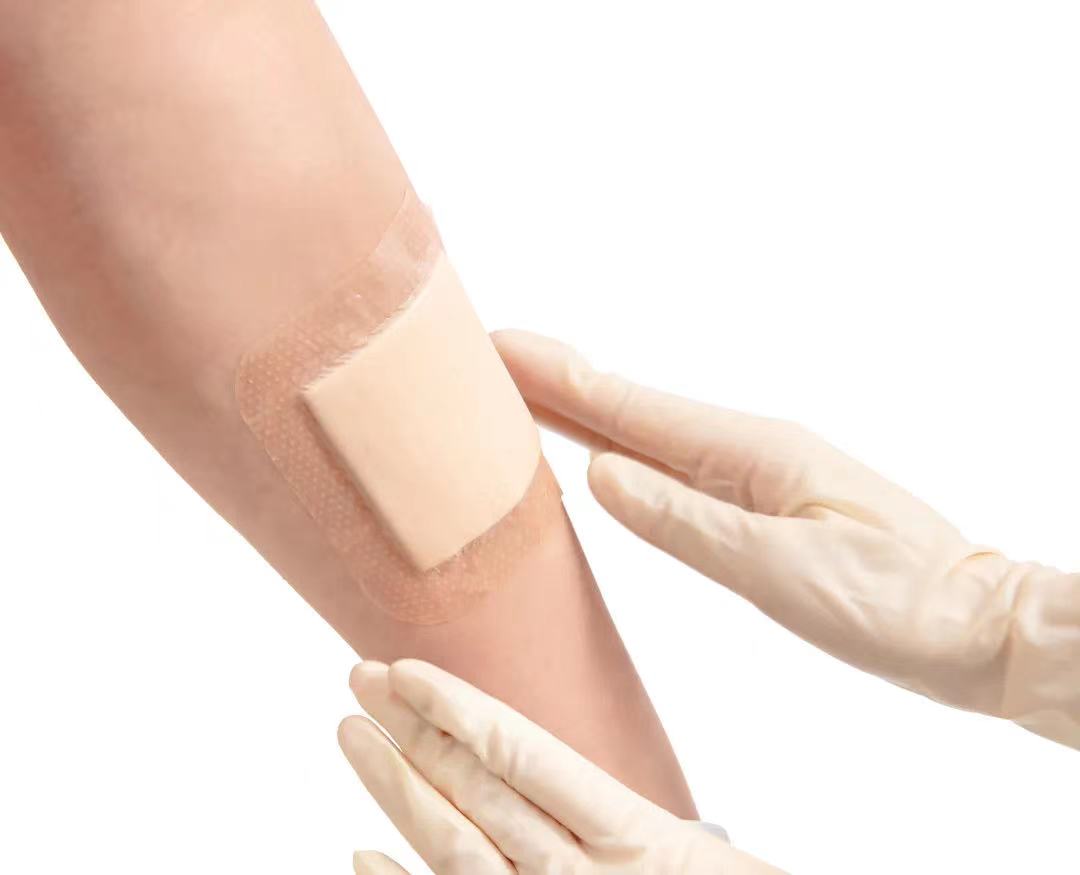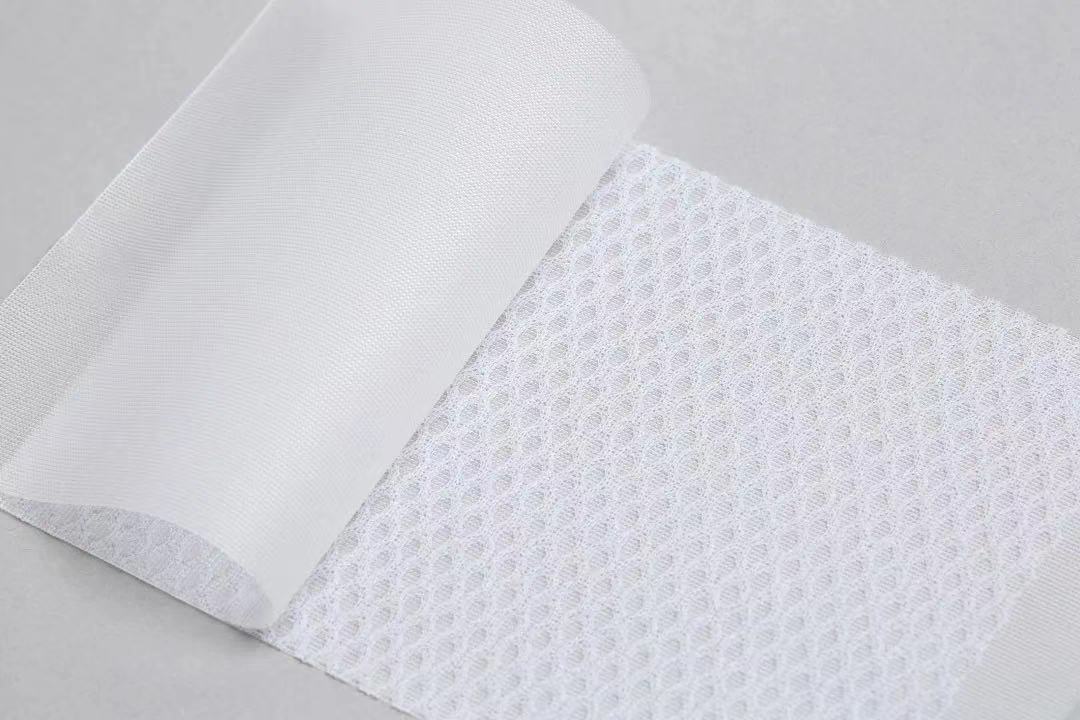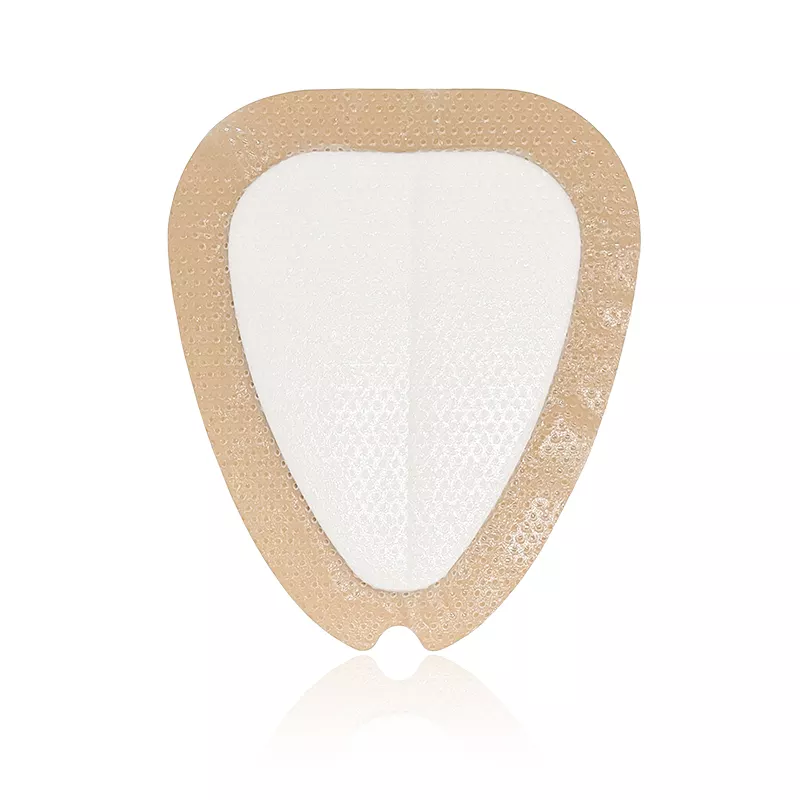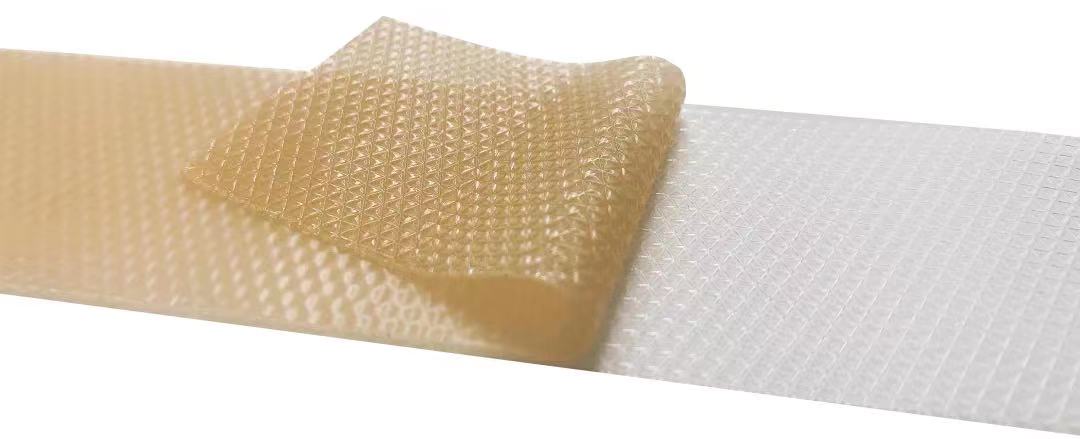Our Location
304 North Cardinal St.
Dorchester Center, MA 02124

What is soft silicone dressing?
Silicone, also known as silicone gel, is an inert, synthetic complex with different forms, including oil, rubber and hard resin. Its structure contains a polymer chain composed of silicon, carbon, hydrogen, oxygen, and other elements.
Soft silicone is a special solid silicone family, soft and sticky (Tacky). These properties make them very suitable and can adhere to dry surfaces. This silicone is low toxic, adverse reactions are rare, and cannot be absorbed by the human body. It is an ideal material for making wound dressing.
The surface of soft silicone dressing is coated with a hydrophobic soft silicone layer, which will feel sticky when touched by hand. This dressing will not adhere to the wet wound bed, but will gently adhere to the skin around the wound. This product is designed to minimize the trauma associated with drug change and do not retain adhesives on the skin.
Are there different types of soft silicone dressings?
Dressings containing soft silicone have different target functions and are suitable for specific clinical needs, such as a wound contact layer that requires two layers of dressings to increase comfort and reduce damage to wound beds; absorbent dressings, suitable for medium to severe exudation wounds; dressings to prevent and improve hyperplasia scar formation or scars.
1.Wound contact layer (wound contact layer)

As a layer of dressing, there is no absorption, but it can allow leachate to pass through and enter the second layer of absorbent dressing. Usually, they are very thin and consist of a flexible polyamide net that does not adhere to the wound bed. It is especially suitable for superficial wounds, such as skin tear, burns and blisting diseases (such as EB- bullous epidermal loosening). At this time, patient comfort is the primary consideration.
2.Foam dressing with silicone adhesive

At present, many absorbent dressings are added with a soft silicone wound contact layer, which forms a mild bond or seal between the dressing and the wound to ensure that the liquid is absorbed by the dressing without leaking to the skin surface. In clinical studies, this dressing has been shown to absorb fluid vertically without exudation moving sideways from the wound to the surrounding skin.
3.Silicone net sheet

Silicone gels will be thicker and do not require two layers of dressing. They can only be used for healed wounds to reduce or prevent proliferative scars and scars.
What are the indications of soft silicone dressing?
Silicone dressing can be used for various wounds with low to high exudation, including pressure sores, sugar-foot ulcers and lower extremity venous ulcers, traumatic wounds (such as skin tear injuries), partial thickness burns and skin graft fixation. In addition, it can also be used for proliferative scars and small scars, but the mechanism of action is not completely clear.
Silicone dressing is especially suitable for the following patients:
◆ Vulnerable skin, including young children and the elderly;
◆ Pain during dressing replacement;
◆ It is very important to protect the skin around the wound.
Silicone dressing should not be used in patients who are known to be allergic to silicone or for bleeding wounds.